Do you know, why does the smoke go up? Why doesn’t it go down?
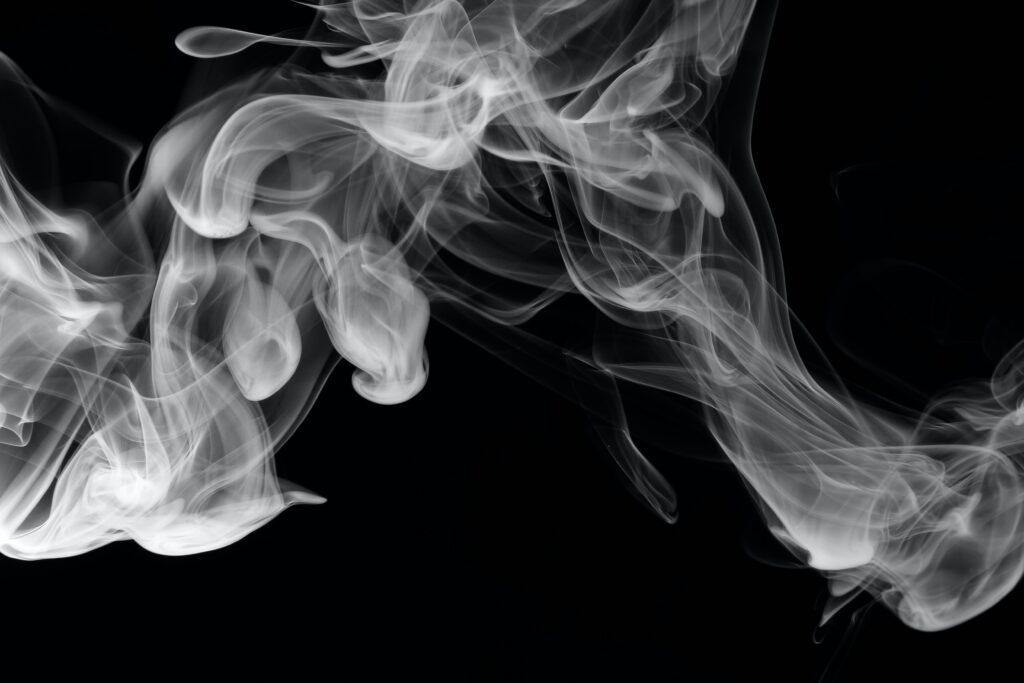
In a fire, a process occurs in which the oxygen in the air reacts with a fuel. The original materials are transformed into others, especially gases such as carbon dioxide and water vapor, although very fine solids can also be formed (ashes, smoke, soot). It’s not magic, it’s chemistry.
The main characteristic of a combustion is that it gives off a large amount of heat, this heat comes from the energy stored in the chemical bonds of the fuels. For example, in wood or in fossil fuels such as coal, oil or natural gas, these chemical bonds were formed in the plants from which they come thanks to the intervention of sunlight, which we know as photosynthesis. Combustion is the reverse process: in it organic matter is destroyed to regenerate carbon dioxide and water used by plants, in this process those links created by photosynthesis are broken and in which, for tens and even millions of years , plants had stored energy from the sun. That energy now released is released in the form of heat.
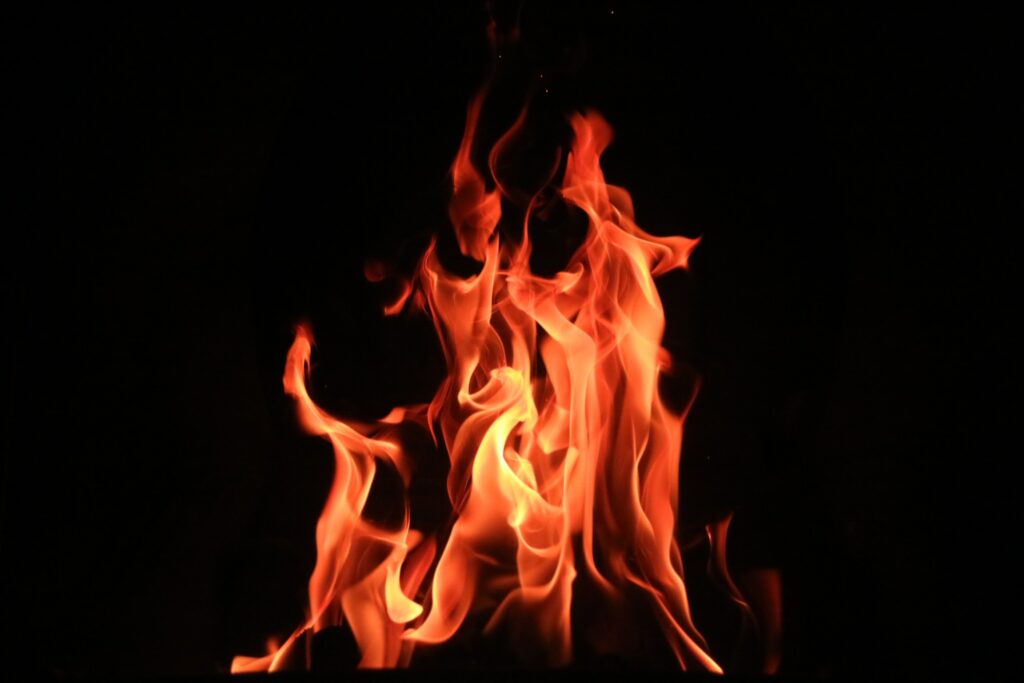
The large amount of heat released causes the temperature of the gases produced in the combustion to be very high, normally between 1,000 and 2,000 degrees Celsius. When a gas is heated, it expands, takes up more volume and becomes less dense, which causes it to rise into the atmosphere. In other words, according to Archimedes’ principle it floats in the air, that is the answer to why the flame goes up, because it is made up of gases produced by combustion that expand and rise when heated. And that is always so, under normal conditions on Earth.
But if we cause a combustion in the absence of gravity, things would be different, in experiments carried out on the International Space Station, it has been seen that the flames do not go upwards. The special conditions of movement of the Space Station mean that there is a situation of microgravity in it, and for that reason the flames there are round. Our planet exerts a force of gravitational attraction that is greater on the cold gases, denser, than on the hot gases, less dense, this as we saw at the beginning, makes the combustion gases go upwards, and the flame has its typical tapered shape. On the Space Station, in its microgravity conditions, that difference doesn’t exist, so the hot gases expand in all directions equally, not just up. And the result is a spherical flame.

Perform the following experiment and let’s put our smoke cascade into practice.


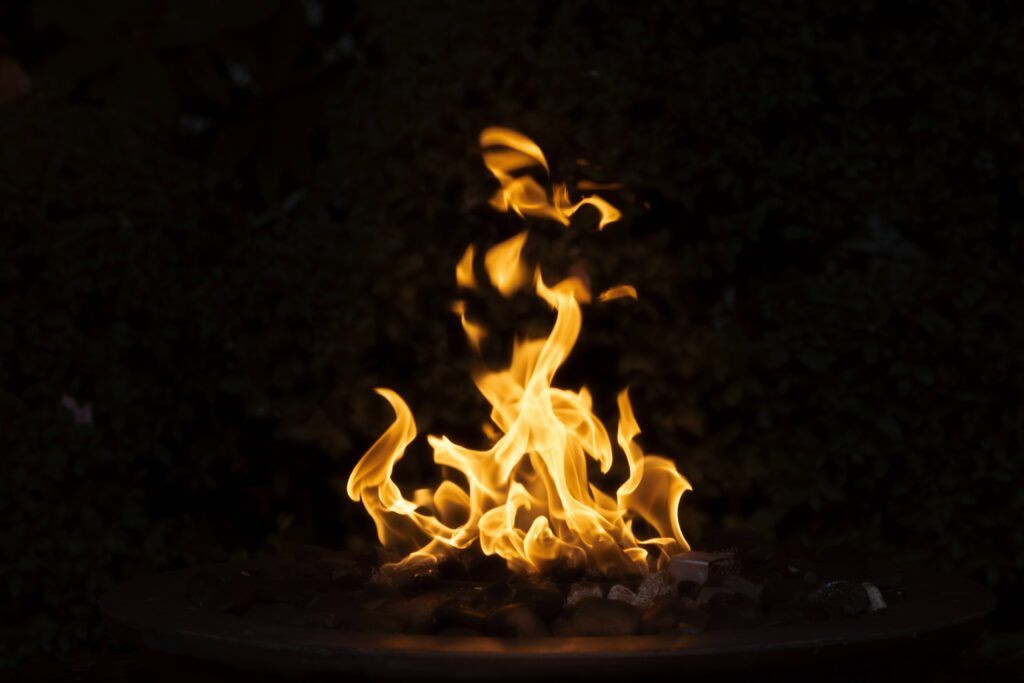
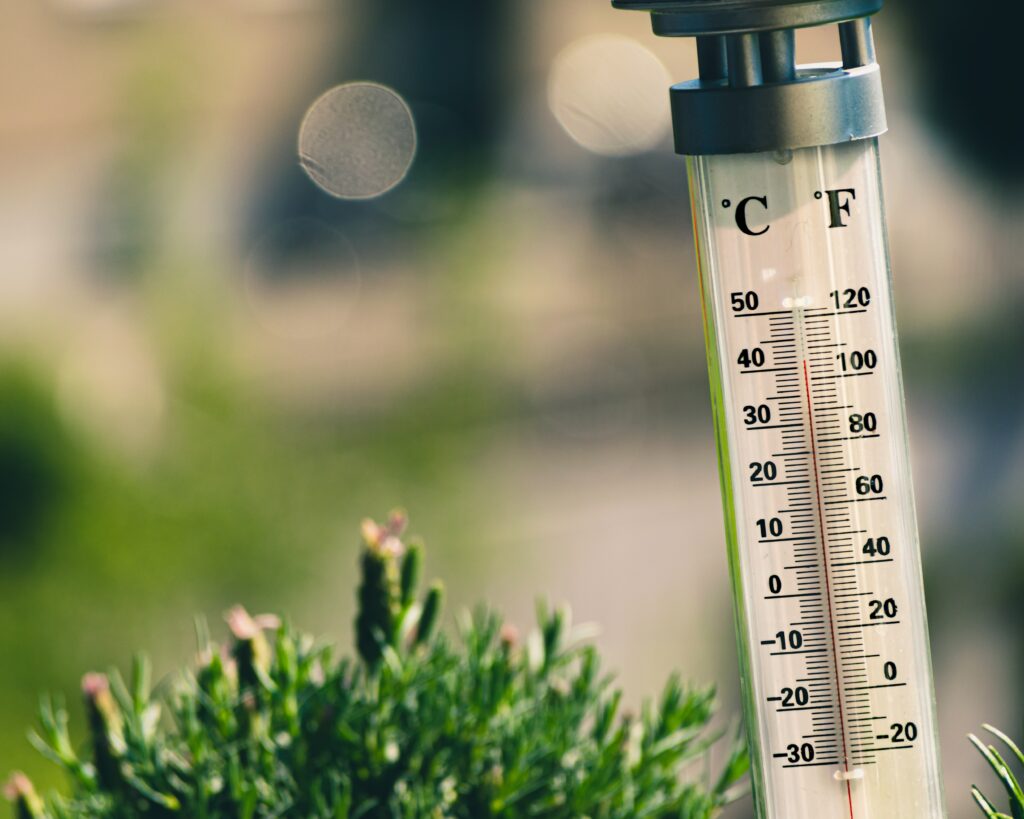
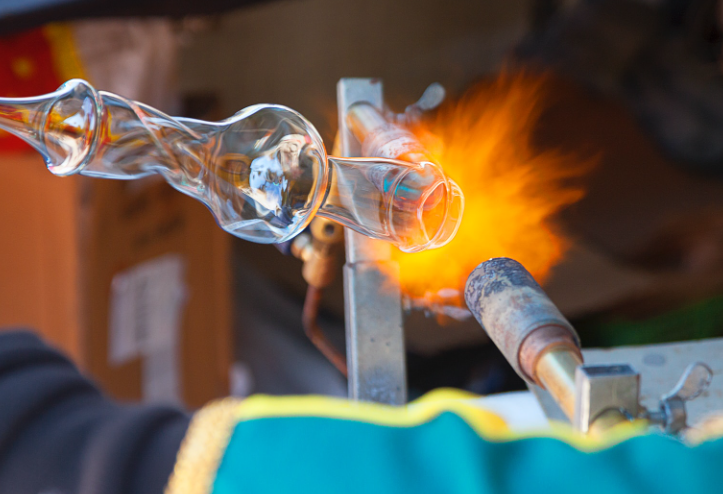
Responses